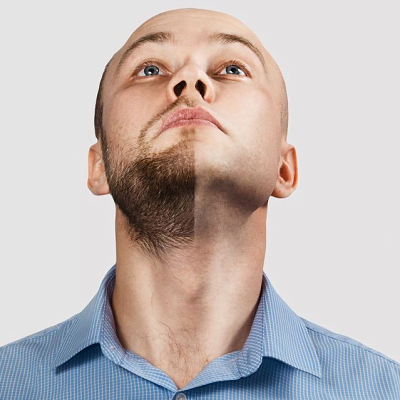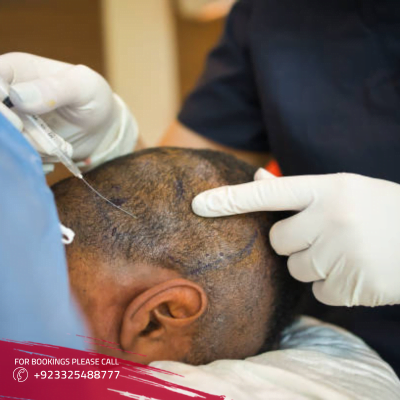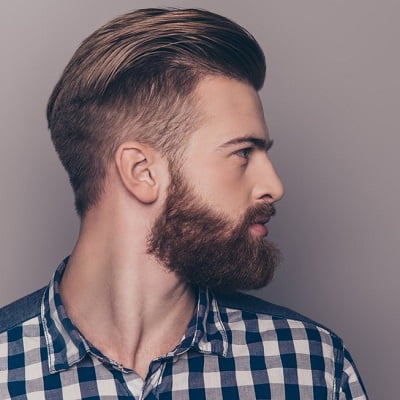Men seeking thicker, more precisely defined facial hair increasingly receive beard transplants. Moreover, a beard transplant may provide the form and fullness you need for a confident appearance. Further, it can help men regardless of heredity, scars, or unequal hair development. Furthermore, among the most regularly asked questions is, “Does Hair Grow Back After Beard Transplant?”
What Is a Beard Transplant?
A beard transplant is a cosmetic one, similar to a hair transplant. Usually the back or sides of the head, a donor location is chosen from which hair strands are plucked and placed into the beard area. One wants to have a beard with more consistent thickness. Beard transplants are performed primarily in two ways. Both approaches have merits; the one chosen will rely on the patient’s needs as advised by the surgeon.
Does Hair Grow Back After Beard Transplant?
Indeed, Hair Grows Back After a Beard Transplant. Still, the process of development consists of multiple phases and is sluggish. Though it may not happen immediately, the transplanted hair will grow back and thicken your beard. Let us dissect the growing time horizon:
-
Stage 1: Immediate Aftercare and Initial Shedding (Week 1-2)
The areas treated following your beard transplant may show redness, swelling, and scabs. This is expected of a recovery. In the first two weeks, the moved hair can fall out. Though it’s common, this period of loss—also known as “shock loss—can be frightening. The hair roots are still under the skin; fresh hair will sprout in the next several weeks.
-
Stage 2: Dormant Phase (Month 1-3)
The hair cells transported enter a slumber phase during the first one to three months. The roots are now becoming used to their new habitat and acquiring blood for them. You might not witness much progress over this period, hence patience is crucial. Examining the health and strength of the hair cells depends on this stage, so it is vital.
-
Stage 3: Early Regrowth (Month 3-6)
About the third month, you will start to notice fresh hair growing about here. At first, the hair could be delicate and thin, but it will thicken with time. One should keep in mind that not all transplanted hair will grow concurrently. Your development may be erratic as you negotiate this period—this is typical.
-
Stage 4: Many months 6–12 show development.
Your beard will flourish most six months to a year after the move. The transplanted hair ought to be grown entirely and mixed in with your natural hair on your face after a year. By now, the outcomes should be somewhat near to your initial expectations when you initially opted to have the procedure carried out.
Essential Aftercare for Optimal Growth:
Though grafted hair grows back, you should closely follow your surgeon’s aftercare instructions to achieve the most outstanding results. Here are some crucial aftercare pointers:
- Avoid touching or scratching treated areas to prevent damage.
- Follow the doctor’s advice for gentle cleaning and avoid harsh chemicals.
- Avoid direct sunlight to prevent redness or damage.
- Avoid drinking and smoking to prevent impeded healing and slower hair growth.
- Maintain health through nutritious meals, including fresh greens, eggs, and almonds.
Expectations Following a Beard Transplant:
Usually, eight to twelve months following surgery, most individuals can perceive the results of a beard replacement. By now, the transplanted hair should have grown in all directions and matched your natural facial hair. Remember that individual genes, hair type, and way of life will affect the outcomes for every person.
The best approach to obtain the desired outcomes is to choose a competent therapist and follow the treatment plan. Regular follow-up sessions will enable you to monitor your development and handle any issues immediately.
Conclusion:
Getting a giant beard depends on patience. After a beard transplant, hair essentially returns, but it takes time. Getting a longer, more even beard depends on your patience and looking after your beard after shaving. It might be frightening during the early portion of shedding; yet, you should allow your body to recover and trust the process. Following the recommendations and selecting a surgeon with a lot of expertise can help you to obtain natural-looking and long-lasting results.
If you are considering a beard replacement, book an appointment with our expert surgeons at SKN Cosmetics Islamabad, Pakistan. Discuss your options with our qualified practitioner and create a treatment schedule appropriate for your circumstances.







